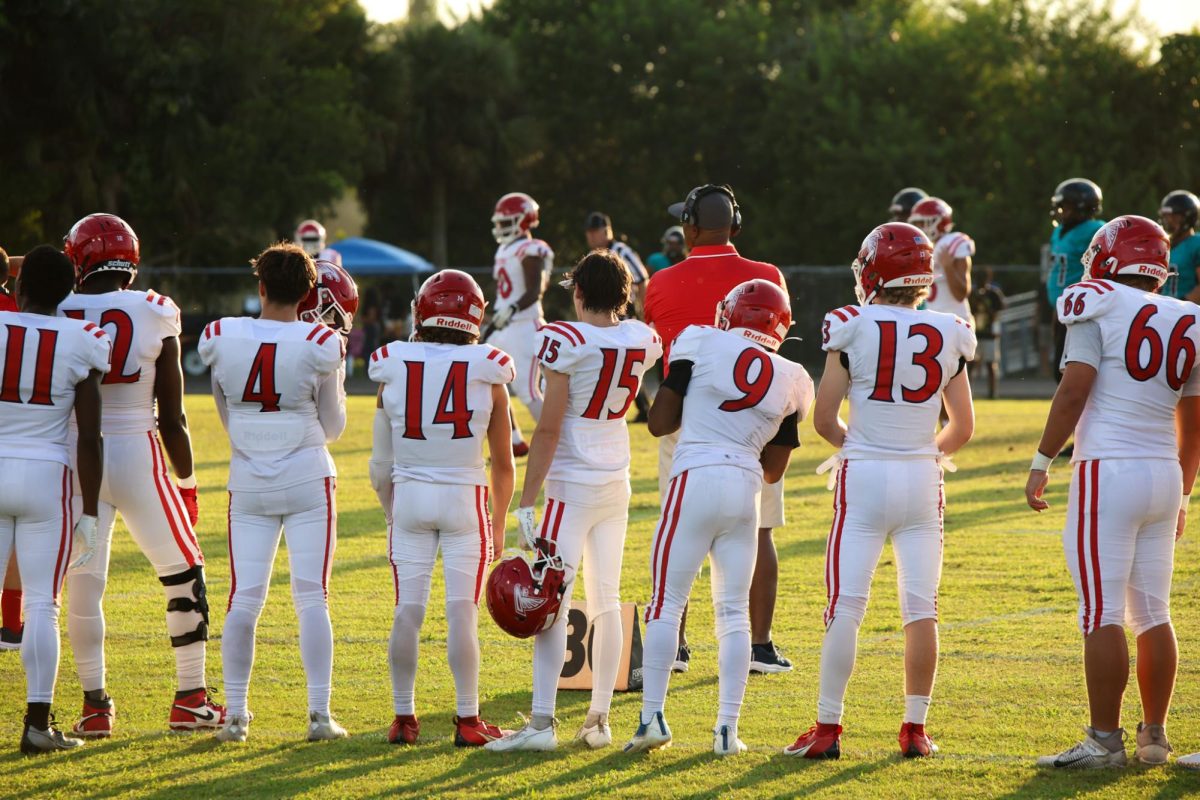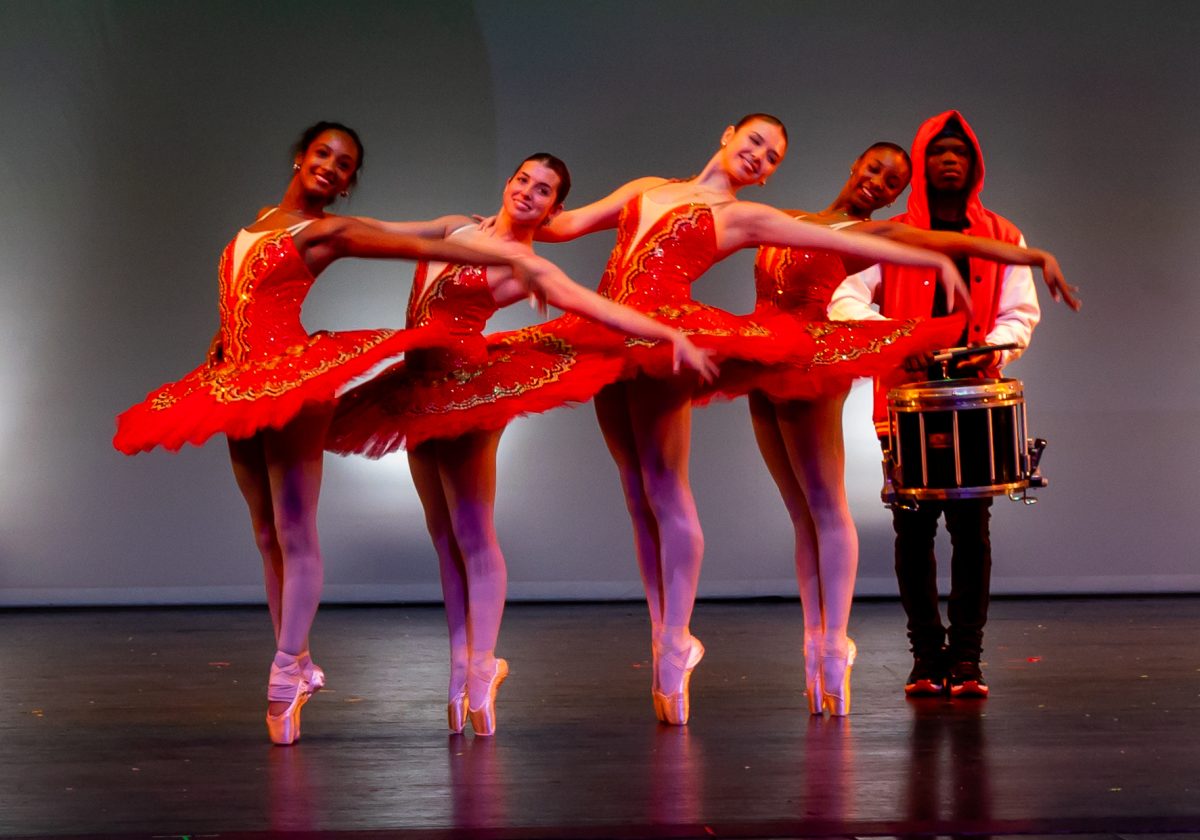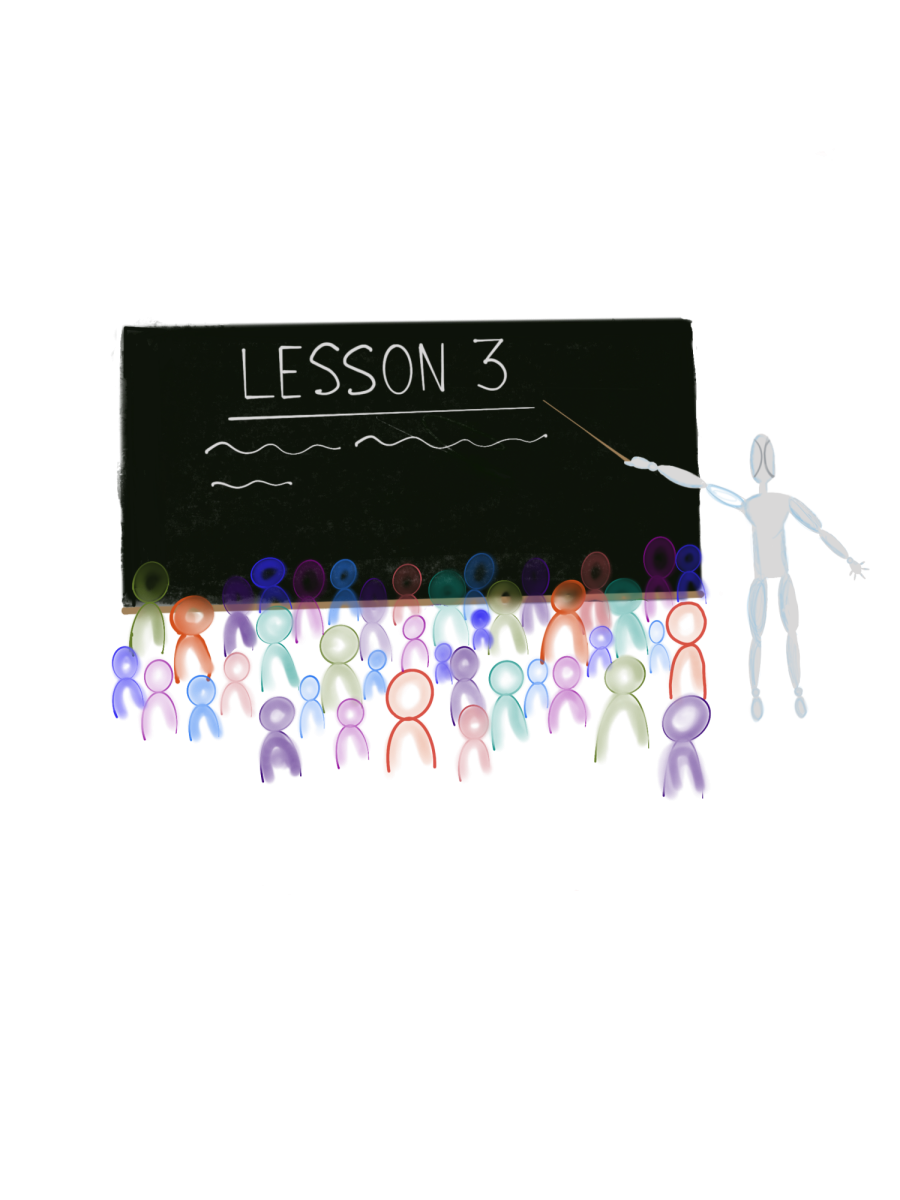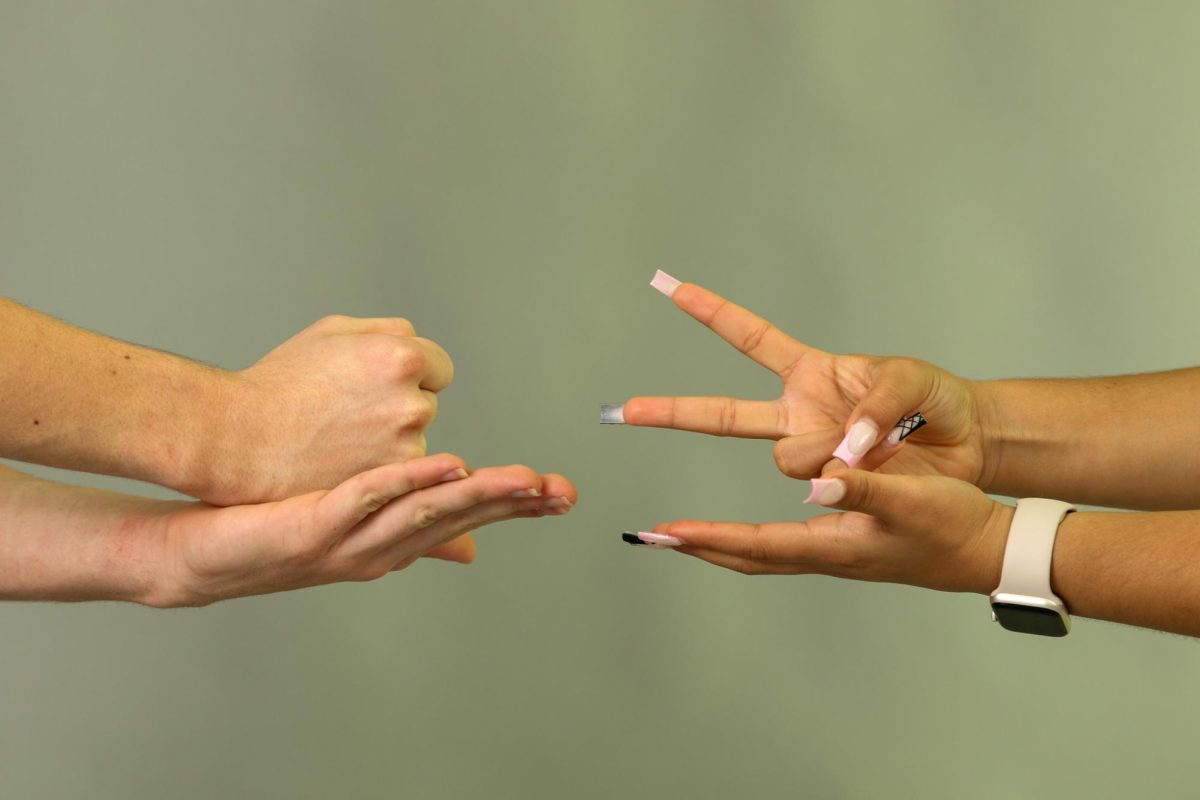The Center for Disease Control and Prevention recommends that adolescents between 6 and 17-years-old get at least one hour of exercise per day. Unless the rapid thumb movement associated with texting counts as exercise, odds are that most teenagers aren’t meeting this requirement. In order to combat this epidemic that is growing faster than an American’s waistline many states require that high school students take some sort of fitness class to graduate. Currently, Florida requires that students complete a year-long personal fitness course. Not surprisingly, many students try to circumvent this requirement by completing gym online. With 54 percent of Dreyfoos students taking gym online and 71 percent reporting not actually completing the assignments, this begs the question: should gym even be required in the first place?
The Florida state legislature implemented this requirement in 1998. Fifteen years later, high schoolers are just as (if not more) obese. The only thing that changed was their ability to avoid this requirement. In 1997, the first year that FLVS was offered as an alternative to in school learning, students across the state completed a total of 77 courses online. In 2012, that number increased to over 300,000. Since the guidance councilors can’t stand over every student’s computer and make sure they are completing the necessary assignments, there is little that can be done to ensure that they are actually exercising.
So what are the alternatives? Requiring students to take gym in school could prevent them from taking another art or AP class, which makes them less attractive to colleges.
A study by Florida health department officials found that 58 percent of students do not have a physical education class every week.
“The reasons they didn’t exercise in school was because they didn’t like getting dressed, getting sweaty during the day and their classes were over-capacitated,” said Cathy Brewton, coordinator for the obesity prevention program for the Florida Department of Health. “Kids said if they were going to do [physical education], they wanted to do something fun.”
State legislators and educators need to rethink the way that healthy lifestyles are taught. There are plenty of ways to get young people to enjoy themselves while exercising. (Twerk dance class, anyone?) Unfortunately, it doesn’t seem like yoga or kickboxing will be offered at public schools anytime soon, but we can still dream. The bottom line is that the traditional model of physical education just isn’t working anymore. While there are plenty of people who would love to spend a class period hurling balls at one another, those students are hard to find at Dreyfoos.
High schoolers need to develop healthy eating and exercise habits that they will carry into adulthood, but this won’t happen through one year of sweaty gym clothes and awkward attempts at throwing basketballs. It happens once teenagers realize that they won’t be young forever and should probably substitute daily bread bowls at Panera for a salad. Until then, physical education should be an option, not an obligation.






![[BRIEF] The Muse recognized as NSPA Online Pacemaker Finalist](https://www.themuseatdreyfoos.com/wp-content/uploads/2025/03/IMG_2942.jpeg)


















































